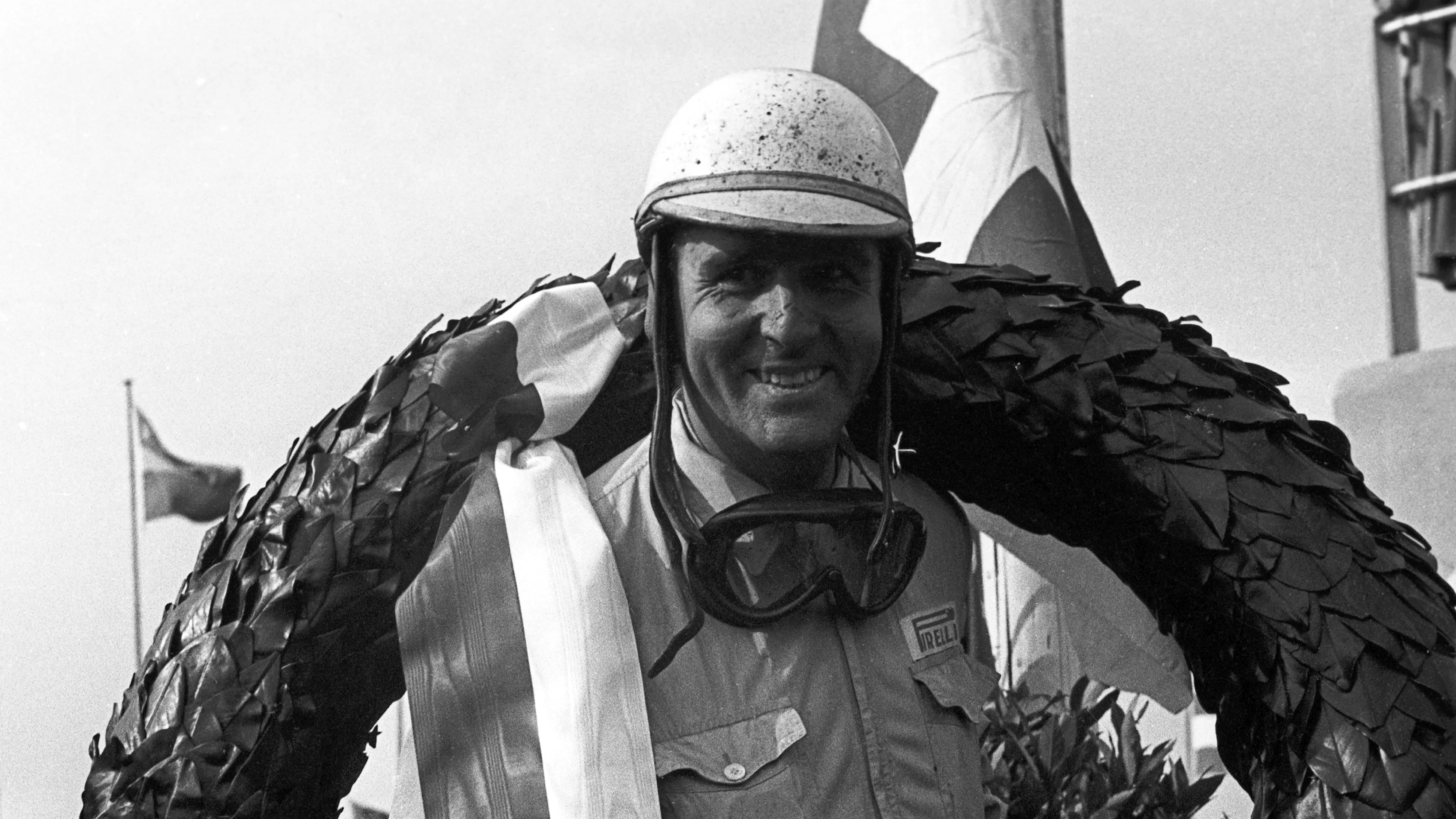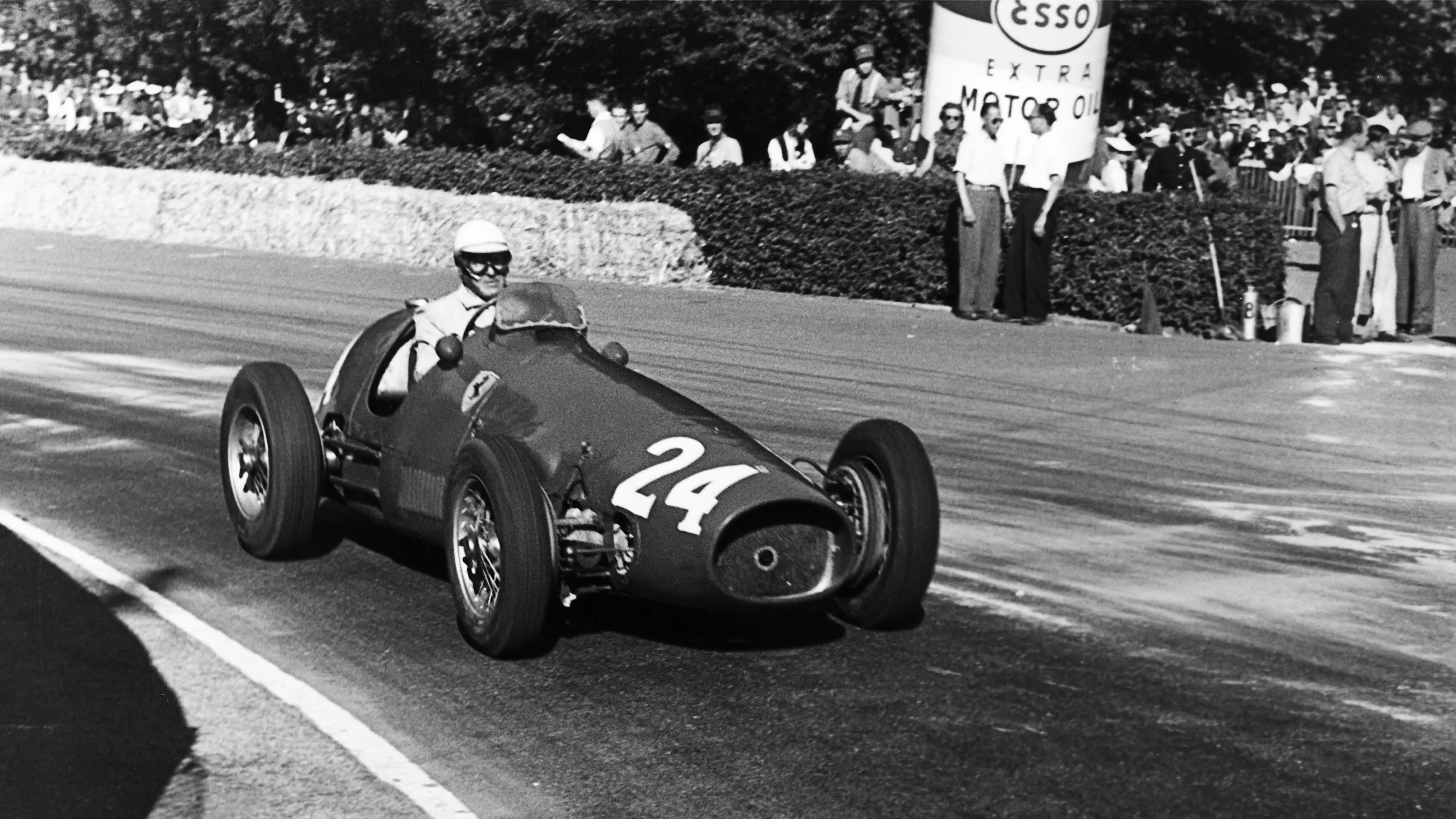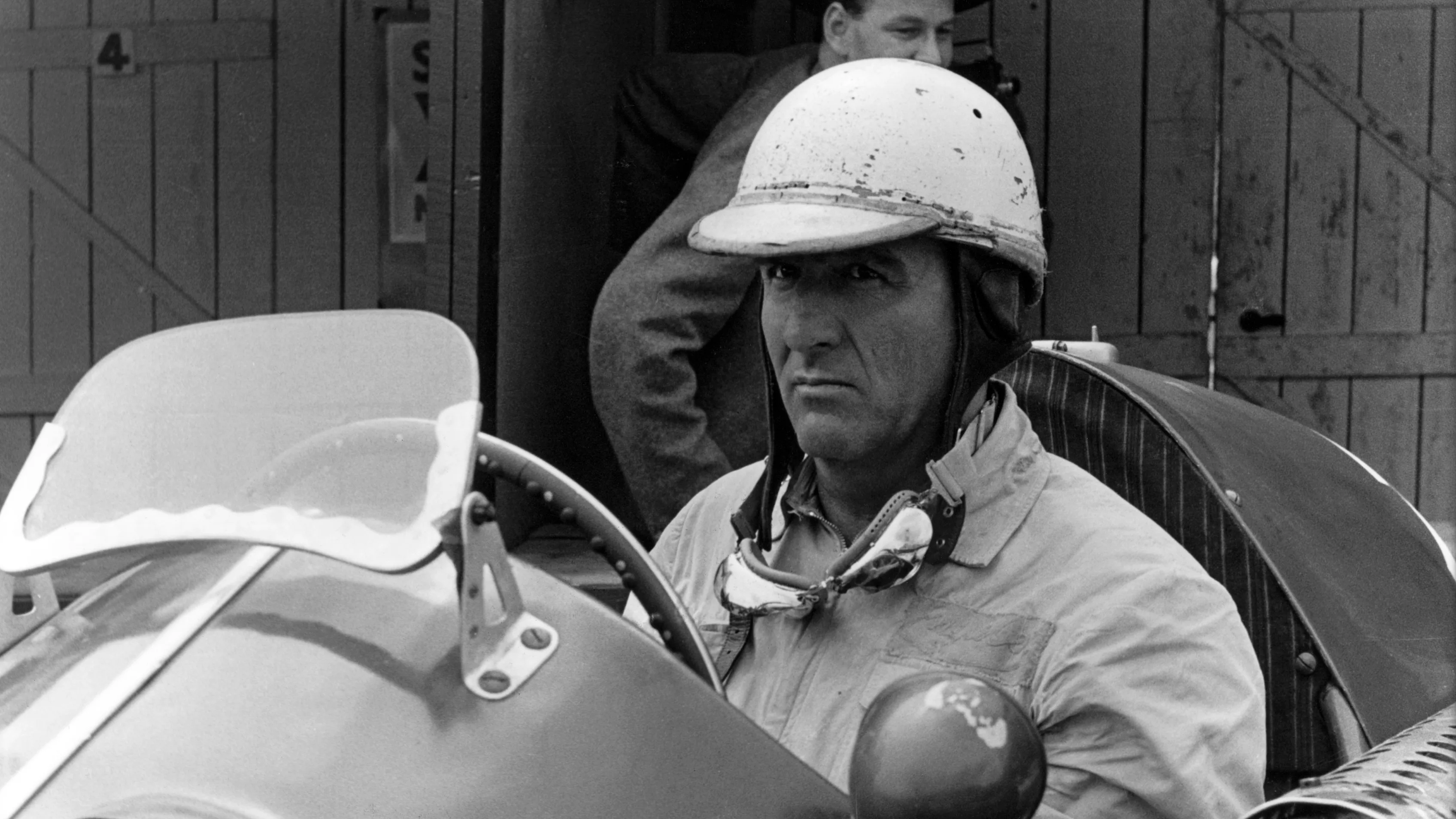HALL OF FAME - 1950
Nino Farina

The first ever Formula 1 World Champion came from a privileged background and had a stylish driving technique that was adopted by many drivers. A hard and determined racer, Farina relied on a combination of profound self belief and raw courage to compensate for the superior skills possessed by many of his more naturally talented opponents. Yet he also drove recklessly and few Formula 1 drivers ever competed with such apparent disregard for their personal safety. Somehow surviving an accident-strewn racing career, he was eventually killed in a road accident.
Giuseppe Antonio 'Nino' Farina was always destined to be involved in the automotive world, though not necessarily as a driver. On the day of his son’s birth, October 30, 1906, Nino's father Giovanni established Stabilimente Farina, a bodywork shop in Turin, the industrial city where much of Italy's car manufacturing industry was located. Here also, Giovanni's brother founded the coachbuilding firm of Pininfarina, later famed for designing many sleek Italian sportscars. From an early age Nino was expected to join the family business but his first driving experience, at the age of nine in a small car on the grounds of his father's factory, whetted his appetite for the sporting side of motoring. When he was 16 Nino accompanied his favourite uncle Pinin as a passenger in a race. Three years later his first solo competition ended in an accident, establishing a worrying trend that continued throughout his crash-prone career.

Farina was both athletically and academically inclined. In his youth he was a fast runner and became skilled at soccer and skiing. At the University of Turin he received a doctorate in law and became Dottore Giuseppe Farina. While his academic title came easily his route to becoming World Champion was less straightforward. He began his military service as a cavalry officer, much enjoying the sensation of handling horses, then joined a tank regiment, in which he would serve during the war. Meanwhile, he continued to be obsessed by the lure of mechanical horsepower harnessed for competition purposes. In 1932 he bought an Alfa Romeo and quickly crashed it in a hillclimb, breaking a shoulder and badly cutting his face. Undeterred, he raced Maseratis for a couple of years, crashing frequently but also showing enough promise to impress Enzo Ferrari, who recruited him to drive for the Scuderia Ferrari Alfa Romeo team. There, Farina befriended the legendary Tazio Nuvolari, whose talent and tenacity were both instructional and inspirational. Under Tazio's tutelage he began to mature as a driver and in 1938 he won enough races to become Italian champion.
After World War II Farina resumed racing and got married, to Elsa Giaretto, an elegant and stylish woman who ran an exclusive fashion emporium in Turin. In her opinion motor racing was a silly and dangerous activity and she tried to persuade her new husband to stop. But three days after their high society wedding he flew to a race in Argentina. In 1950 he was appointed leader of the three-car Alfa Romeo team that competed in the series of Grand Prix races that were now formally organized by the FIA into the first ever Formula 1 World Championship.
Given the supremacy of their all-powerful Tipo 158 cars the first world driving title was bound to go to one of the Alfa Romeo trio, known collectively as 'the three F's.' Indeed, the venerable team mates Farina (44 years old), Juan Manuel Fangio (39) and Luigi Fagioli (52) finished in that order in the standings. Farina won the first ever Formula 1 championship race, the 1950 British Grand Prix at Silverstone, and triumphed again in Switzerland and Italy. And while his team mate Fangio also won three races, for the fiercely proud Farina his being crowned World Champion only officially confirmed what he considered to be a fact.
Well-mannered, charming and gracious on most occasions, he could also be arrogant and aloof. He was accused of being unsentimental and a snob who disapproved of those members of his profession who did not have the right social pedigree. This should have put him at odds with Fangio, who came from a most humble background in Argentina. Yet when Fangio was nearly killed in the 1952 Italian Grand Prix, the first person to visit his hospital bedside was the race winner Farina, who presented his fallen comrade with the victory wreath.

His nickname 'the Gentleman of Turin' was a reference to Farina's privileged background and the natural dignity with which he carried himself, even in the driver's seat. Sitting bolt upright and well back in the cockpit, Farina grasped the steering wheel with both arms fully outstretched and guided his car with calm, sparing movements and deft applications of the throttle. His stylish technique (soon adopted by the likes of Fangio and Stirling Moss) belied Farina's tendency to punish his cars. Perhaps it was a lack of mechanical sympathy or understanding that also caused him to push them beyond the point of no return and have far more than his share of accidents, which he tended to blame on bad luck or fragile machinery - never himself. His survival, Farina felt, was due not to good luck but to his deep belief in God and after every accident he would give prayers of thanks to the Virgin Mary.
Fangio remarked that "because of the crazy way Farina drove only the Holy Virgin was capable of keeping him on the track, and we all thought one day she would get tired of helping him." Even Enzo Ferrari (not always noted for his compassion) feared for Farina's future: "A man of steel, inside and out. But I could never help feeling apprehensive about him. He was like a high strung thoroughbred, capable of committing the most astonishing follies. As a consequence he was a regular inmate of the hospital wards."
His mounting toll of injuries (including being seriously burned at Monza in 1954) meant Farina needed morphine and painkillers to continue tempting fate. Finally, pain overcame pride, and he retired from racing in 1955 and became a successful Alfa Romeo dealer. Farina's interest in Formula 1 continued, as did his confidence in his driving ability. On June 30, 1966, he set out from Turin in a Lotus-Cortina, bound for the French Grand Prix at Reims. In the Alps near Chambery his car skidded off a slippery bend and the first World Champion was killed.
Text - Gerald Donaldson